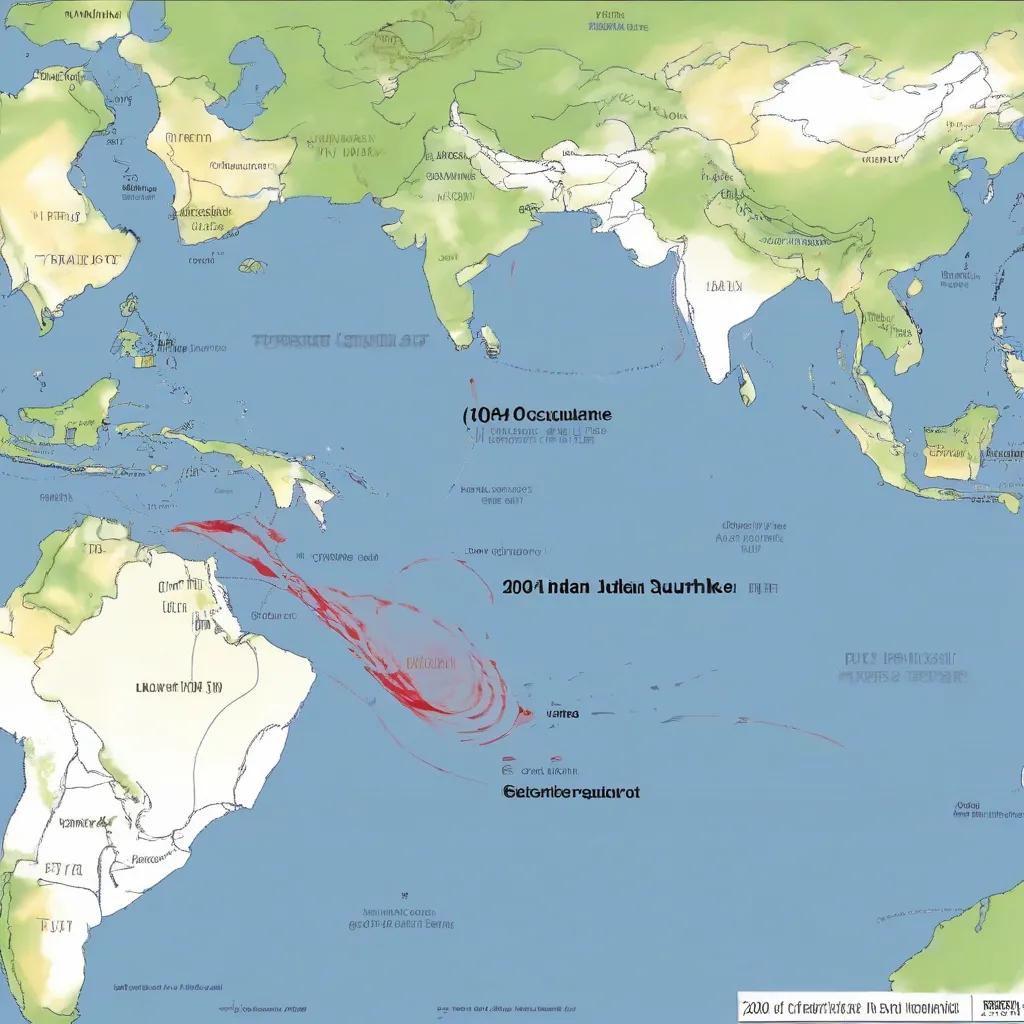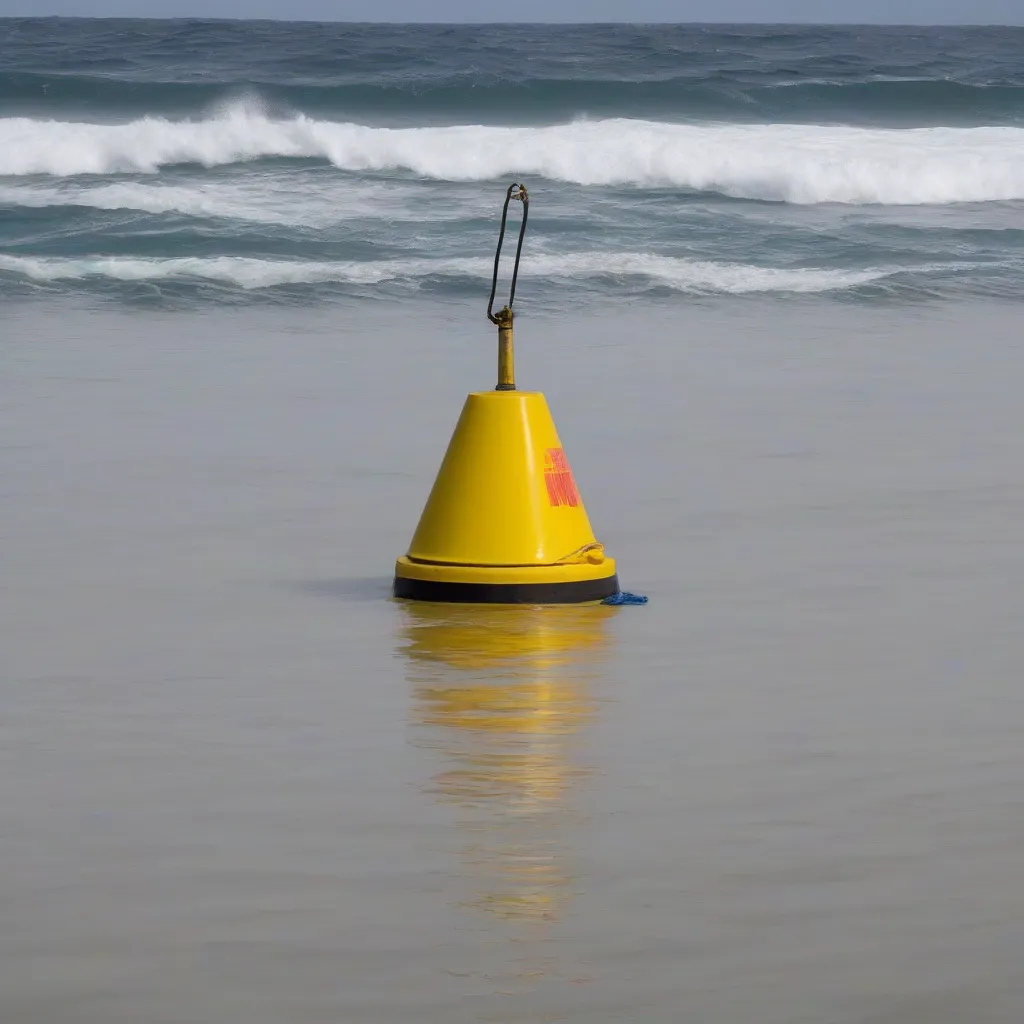On December 26, 2004, the world watched in horror as a catastrophic tsunami, triggered by a massive earthquake in the Indian Ocean, ripped across coastlines, leaving a trail of unimaginable destruction in its wake. This devastating event, now known as the 2004 Indian Ocean tsunami or Boxing Day tsunami, became a stark reminder of the immense power of nature and the importance of preparedness. One question that often arises is: How Far Did The Indian Ocean Tsunami Travel?
The Tsunami’s Unfathomable Reach
The 2004 tsunami wasn’t confined to the immediate vicinity of the earthquake’s epicenter off the coast of Sumatra, Indonesia. It traveled thousands of miles across the Indian Ocean, impacting countries as far away as the east coast of Africa.
Indonesia: The hardest-hit country, Indonesia bore the brunt of the tsunami’s fury. The northern tip of Sumatra, particularly the province of Aceh, experienced the highest waves, exceeding 100 feet.
Thailand: Popular tourist destinations like Phuket and Khao Lak were caught in the tsunami’s path, with waves reaching 30 feet or more.
Sri Lanka: This island nation, located just south of India, was also severely affected. Waves up to 35 feet high devastated coastal communities.
India: The southern coast of India, particularly the states of Tamil Nadu and Kerala, experienced significant damage from the tsunami, with waves reaching 20 feet.
East Africa: Astonishingly, the tsunami’s effects were felt as far away as the east coast of Africa. Countries like Somalia, Kenya, and Tanzania reported waves reaching up to 10 feet, causing casualties and damage.
 Map of the Indian Ocean Tsunami's reach
Map of the Indian Ocean Tsunami's reach
The Science Behind the Tsunami’s Reach
The distance traveled by the Indian Ocean tsunami can be attributed to several factors:
Earthquake Magnitude: The earthquake that triggered the tsunami was a magnitude 9.1-9.3, one of the most powerful ever recorded. This immense energy release generated extremely powerful and fast-moving waves.
Shallow Ocean Floor: The tsunami’s energy was concentrated in the shallow waters of the continental shelf, leading to increased wave height as it approached the coastline.
Geography of the Indian Ocean: The shape of the Indian Ocean basin, with its wide-open expanse, allowed the tsunami waves to travel long distances with minimal energy loss.
Travel and the Power of Nature
The 2004 Indian Ocean tsunami serves as a sobering reminder of the unpredictable nature of our planet. It highlights the importance of understanding natural disasters and respecting the power of the sea. As you plan your travels, consider these takeaways:
- Be informed: Research potential natural hazards at your destination.
- Follow safety guidelines: Pay attention to local warnings and evacuation procedures.
- Support responsible tourism: Choose eco-friendly options and contribute to sustainable practices that protect our planet.
While the 2004 tsunami was a tragedy, it also revealed the resilience of the human spirit. Communities came together to rebuild, and the event spurred significant advancements in early warning systems and disaster preparedness worldwide. Let’s learn from this experience and work towards creating a safer future for all.
FAQs about the Indian Ocean Tsunami
Q: What caused the 2004 Indian Ocean tsunami?
A: The tsunami was triggered by a massive undersea earthquake off the coast of Sumatra, Indonesia.
Q: How fast did the tsunami waves travel?
A: The tsunami waves traveled at speeds of up to 500 miles per hour across the open ocean, slowing down as they approached shallower coastal areas.
Q: Were there any warning signs before the tsunami?
A: Unfortunately, there were limited warning systems in place at the time. However, some people did notice unusual receding of the ocean before the waves hit, which can be a natural warning sign.
 Tsunami Warning Buoy in the Indian Ocean
Tsunami Warning Buoy in the Indian Ocean
Q: What lessons have been learned from the 2004 Indian Ocean tsunami?
A: The disaster highlighted the critical need for early warning systems, disaster preparedness, and international cooperation in responding to such events.
Are you ready to explore the world responsibly? Visit TRAVELCAR.edu.vn for more travel tips and resources.

